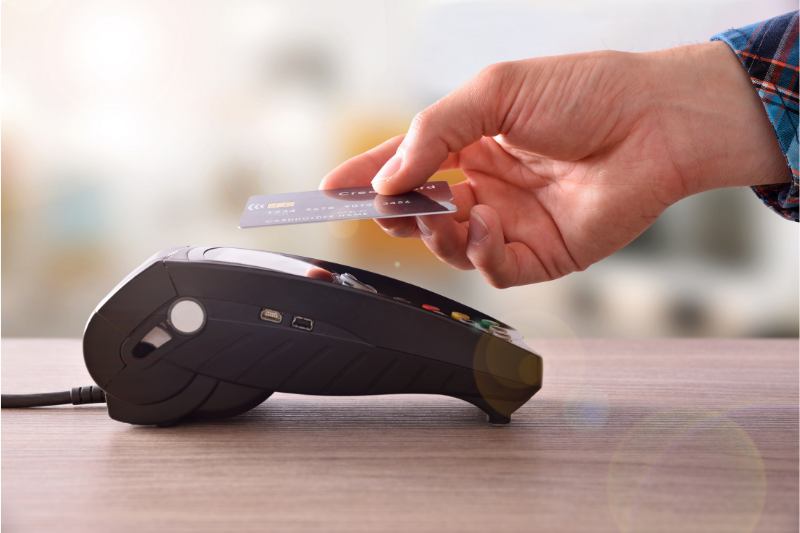
Your point of sale (POS) terminals collect staggering amounts of data with every transaction. These data hold the key to a wealth of insights that you can use to drive better decision-making across your business.
However, to unlock your data’s full potential, first you need to know how to analyze it.
In its raw state, the data collected by your POS isn’t much use. POS data analysis involves using tools to gather the data into a single place, whether it’s captured in-store, online, or in apps. Once the data is collated in one place, you can organize it to better understand your business, products, and customers.
Success in retail is founded on smart decisions. Every day, retailers must make choices that affect their marketing, store operations, the promotions they run, and much more.
Retailers often base these decisions on intuition, knowledge, and experience. And while these factors do play a big role in achieving your goals, they’ll only take you so far. To go further, you’ll need POS data analysis.
By analyzing POS data, you combine your experience and intuition with unique customer insights to increase your chance of successful business growth and profit. POS data allows you to make better decisions around your current activities. It can also reveal exciting new opportunities.
You can track customer data over time, use historical data to better understand their behavior, and create personalized promotional campaigns that will set you apart from the competition.
There are two ways to approach POS data analysis:
Build a dedicated department of experts who know how to collect, store, mine, and interrogate data.
There are benefits to this approach. Instead of being reliant on the experience of your retail operations teams, you can combine this knowledge with data insights to better inform your decisions. But in-house teams need to be able to scale.
Supporting the dozens of different categories, plus the needs of marketing and other retailer departments, can quickly max out an internal team’s capacity. This leads to a bottleneck where your team of analysts need to prioritize the questions they’re being asked. When capacity is limited, at best it can take days to schedule questions and glean insights. At worst, some questions might never get answered.
Another approach is to use a retail analytics platform that enables you to quickly self-serve insights. This puts the power of POS data insights into the hands of non-technical people across the business. Where an analytics platform processes data in real time, it makes discovering insights a lot faster.
For this approach to be effective, the platform must be easy to use and designed around the types of insights that retailers are looking to gain. Most users don’t have advanced coding skills or know how to structure and understand data at a micro level. So, it’s crucial that the platform features an intuitive dashboard that uses plain English language. And the user experience should be streamlined to answer queries simply and quickly.
Of course, the two approaches don’t have to be mutually exclusive. An analytics platform offers a first port of call for people looking to get fast and direct access to insights. But where queries are more complex and require deeper analysis, the support of an in-house analytics team can be invaluable.
POS data is a precious resource. It helps generate powerful ideas that improve your operations and enable you to deliver precisely targeted marketing. But only if you have the tools and expertise to analyze it and discover key insights.
An easy-to-use retail analytics platform democratizes POS data insights. Anyone in the business can get quick answers to their queries that inform better decisions – without needing to consult the analytics team.